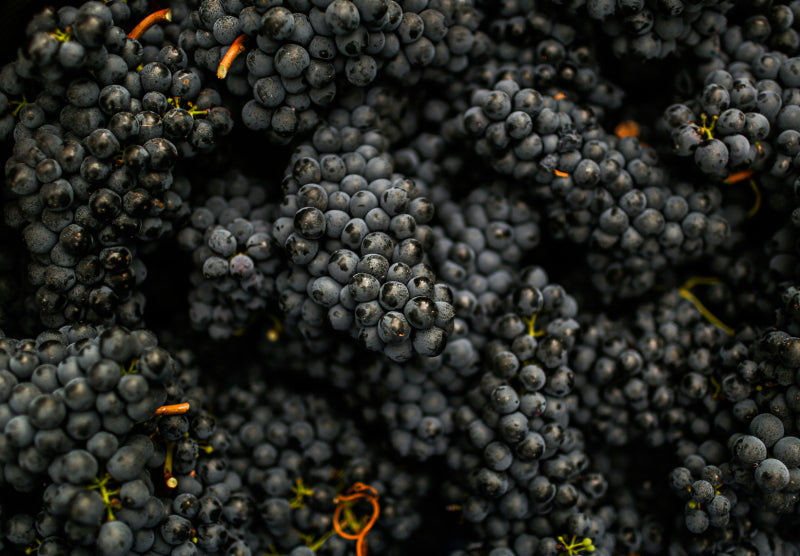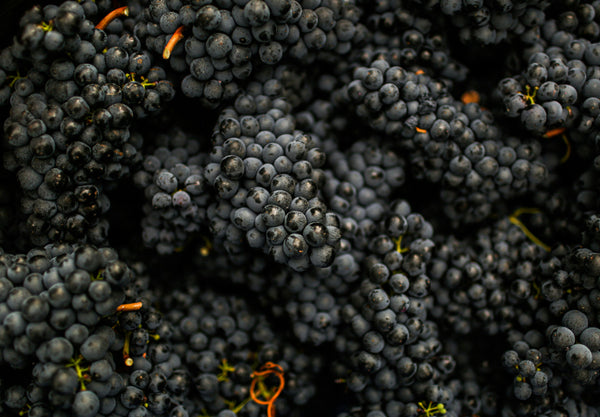
What Are Tannins?

Tannins have had a bad rap over the years, many wine drinkers claim that tannins were the cause of their "red wine headaches". But tannins are a a key component in many wines and it plays a crucial role in both flavor and structure.
What Are Tannins in Wine?
Tannins are naturally occurring compounds found in grape skins, seeds, and stems, as well as in the wooden barrels used for aging wine. Chemically speaking, tannins are polyphenolic compounds that contribute to the bitterness, astringency, and mouthfeel of wine. When you take a sip of wine and feel that drying sensation in your mouth, you're experiencing the effects of tannins at work.
What Do They Do?
In addition to providing structure and texture to wine, tannins also play a crucial role in its aging potential. They act as a natural preservative, helping to protect the wine from oxidation and microbial spoilage over time. Tannins can also bind with proteins in saliva, giving wine its characteristic astringency and drying sensation.
Are Tannins Harmful?
While tannins themselves are not harmful, excessive consumption of highly tannic wines can sometimes lead to digestive issues for some people. However, for most wine drinkers, moderate consumption of tannic wines is perfectly safe and can even offer health benefits, such as antioxidant properties.
Do All Wines Have Tannins?
Nope, not all wines have the same level of tannins. While red wines typically have higher tannin levels due to prolonged contact with grape skins during fermentation, white wines and rosés generally have lower tannin levels. However, tannins can also be imparted to wine through oak aging, so some white wines aged in oak barrels may also exhibit tannic characteristics.
Do Tannins Help Wine Age?
Yup, tannins play a significant role in a wine's aging potential. Over time, tannins gradually polymerize and soften, leading to a smoother and more integrated mouthfeel. This process, known as "tannin polymerization," can help to enhance a wine's complexity and balance as it matures in the bottle.
Which Wines Have the Most Tannins?
Among red wines, varieties such as Cabernet Sauvignon, Nebbiolo, and Syrah are known for their high tannin levels. These wines are often characterized by their firm structure, bold flavors, and potential for long-term aging. However, the level of tannins can vary depending on factors such as grape variety, winemaking techniques, and aging process.
Whether you're sipping on a bold Cabernet Sauvignon or a delicate Pinot Noir, understanding the role of tannins can deepen your appreciation for the complexities of wine. If you're still getting those "tannin headaches", maybe switch to a white wine, or just keep it to a glass or two.
